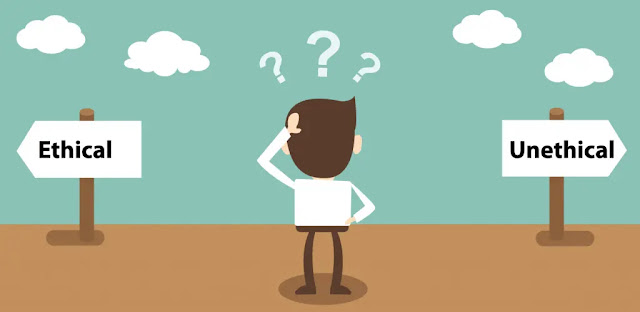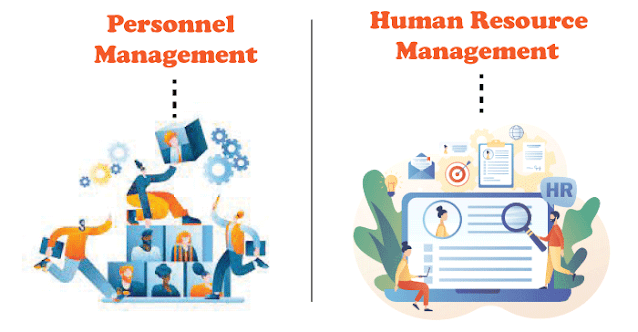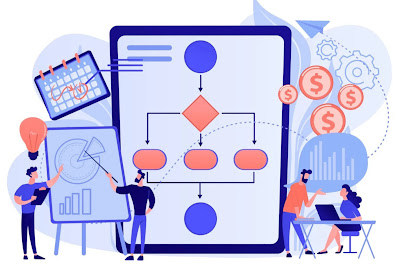Ethics and Human Resource Management

Key Ethics to HRM Ethics in Human Resource Management (HRM) is essential for building trust, maintaining fairness, and ensuring compliance with legal and moral standards in the workplace. Ethical HRM practices contribute to employee well-being, organizational sustainability, and a positive corporate reputation. This article examines the ethical dimensions of HRM, exploring key principles, challenges, and their impact on organizations. Key Ethical Principles in HRM Ethical HRM is guided by fundamental principles that shape decision-making and workplace policies. These principles include: Fairness and Equity: Ensuring all employees are treated fairly regarding hiring, promotions, compensation, and disciplinary actions. Transparency: Maintaining open and honest communication with employees about policies, performance expectations, and organizational changes. Respect for Employee Rights: Upholding employees’ rights to privacy, freedom of expression...




